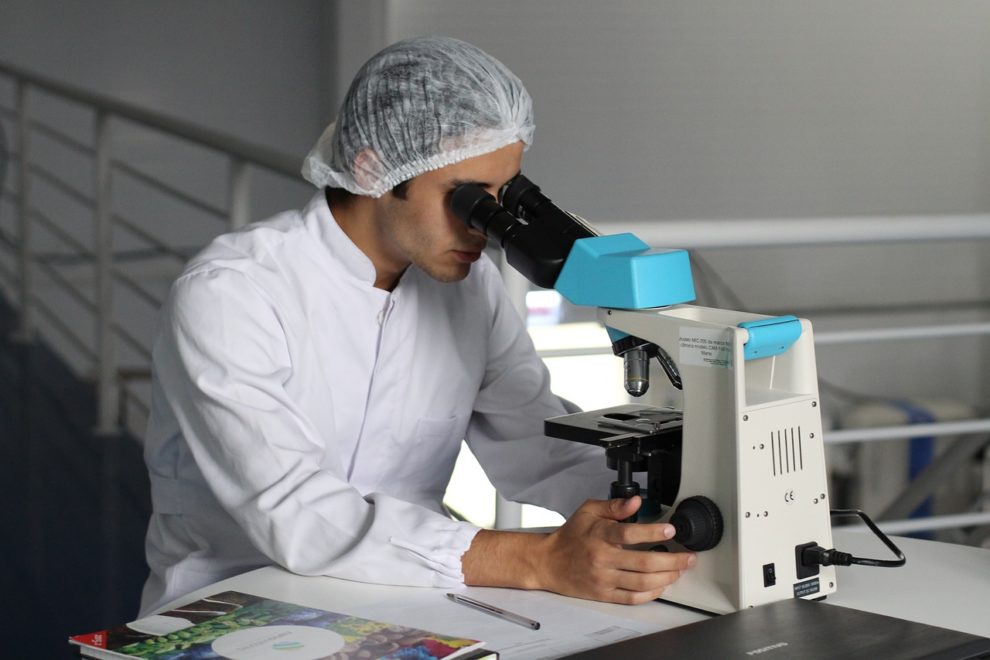According to a team of scientists in the United Kingdom, a specific area of the SARS-CoV-2 spike protein could be a promising target for a pan-coronavirus vaccine that could offer some protection against new virus variants, common colds, and help prepare for future pandemics.
Creating a vaccine that protects against a variety of coronaviruses is difficult because this virus family has many key differences, frequently mutates, and generally induces insufficient protection against reinfection.
This is why people can get common colds multiple times and be infected with different variants of SARS-CoV-2.
According to the Francis Crick Institute, a pan-coronavirus vaccine would need to stimulate antibodies that recognise and neutralise a variety of coronaviruses, preventing the virus from entering host cells and replicating.
They investigated whether antibodies that target the S2 subunit of SARS-spike CoV-2’s protein also neutralise other coronaviruses in their study, which was published in Science Translational Medicine. This particular region of the spike protein binds to the virus membrane, allowing the virus to fuse with the membrane of a host cell.
They discovered that after being vaccinated with SARS-CoV-2 S2, mice produced antibodies capable of neutralising a variety of other animal and human coronaviruses, including the seasonal ‘common cold’ coronavirus HCoV-OC43, the original strain of SARS-CoV-2, the D614G mutant that dominated in the first wave, Alpha, Beta, Delta, the original Omicron, and two bat coronaviruses.
“The S2 area of the spike protein is a promising target for a potential pan-coronavirus vaccine because this area is much more similar across different coronaviruses than the S1 area. It is less subject to mutations, and so a vaccine targeted at this area should be more robust,” Kevin Ng, doctoral student in the Retroviral Immunology Laboratory at the Crick.
Until recently, the S2 region of the spike protein was overlooked as a potential site for vaccination. This is due to the fact that certain critical targets in the S2 area are only revealed after the virus has bound to a cell, which is mediated by the S1 area.
As a result, S2 antibodies may have a narrower window of opportunity to neutralise the virus than antibodies targeting the S1 area.
“There’s a lot of research still to do as we continue to test S2 antibodies against different coronaviruses and look for the most appropriate route to design and test a potential vaccine,” said George Kassiotis, corresponding author and principal group leader at the Crick.
